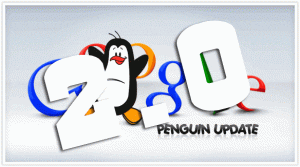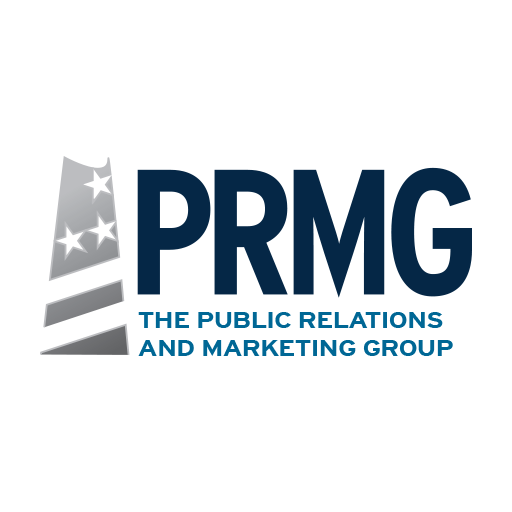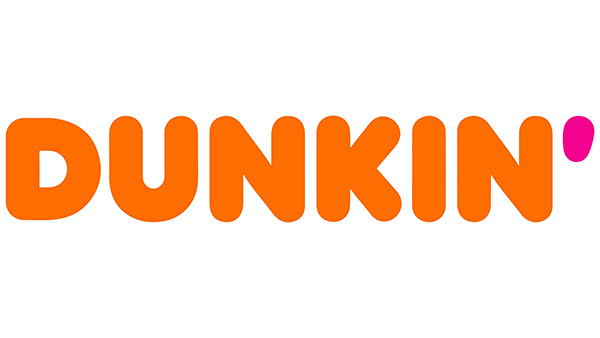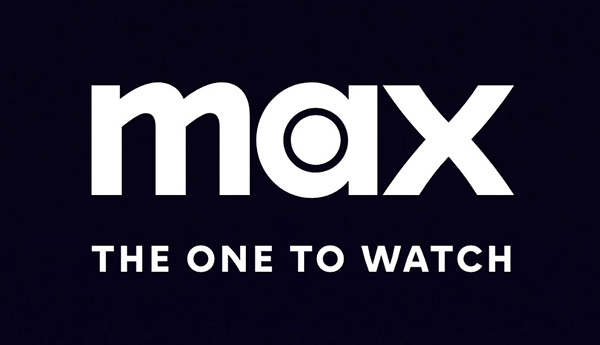 In May, Google rolled out its newest search engine update, the infamous Penguin 2.0. Since 2011, Google has released several algorithm updates known as Google Panda and Google Penguin to ensure that the highest quality websites are ranked highest in Google’s search engine, and spammers are penalized. Continuing this trend, the goal of Penguin 2.0 has been to optimize the Google experience for searchers and ensure honesty and transparency in Search Engine Optimization.
In May, Google rolled out its newest search engine update, the infamous Penguin 2.0. Since 2011, Google has released several algorithm updates known as Google Panda and Google Penguin to ensure that the highest quality websites are ranked highest in Google’s search engine, and spammers are penalized. Continuing this trend, the goal of Penguin 2.0 has been to optimize the Google experience for searchers and ensure honesty and transparency in Search Engine Optimization.
The Google Panda and Google Penguin updates targeted “thin sites,” which have little original content and rely more on advertising and duplicate content to maintain a ranking in Google’s search engine. More specifically, the Penguin 2.0 update targets webspam, which usually occurs in the form of keyword stuffing and backlinks from disreputable websites rather than relevant and high-quality sources. Penguin 2.0 penalizes these “black hat practices” by lowering the websites’ rankings on Google and thus decreasing traffic to the sites. So far, Penguin 2.0 has had a significant impact on 2.3% of all English-language websites, and webmasters are taking notice.
Unlike the previous versions of Panda and Penguin, Penguin 2.0 changed Google’s algorithm rather than just refresh it, meaning that these are changes that are here to stay. Keyword stuffing, high volumes of spammy backlinks, and low-quality content are no longer effective methods of Search Engine Optimization and will, in fact, be punished. This means that SEO cannot take any shortcuts and must be built on quality, transparency, and honesty.
In order to follow these three principles, we recommend that you plan a long-term, rather than a short-term, approach to your Search Engine Optimization. Most importantly, make your site an authority in its area by creating and frequently updating high-quality content directed to your specific audience
To avoid sounding like webspam, don’t pad your website with the same keywords and phrases. Instead, use natural variations of words and phrases relevant to your site’s topic. If the content is original and of high quality, the keywords and audience will naturally come and the site will be higher in Google’s search results (blogs are a good way to continuously post high-quality new content and generate repeat visitors).
In regards to link-building, focus on quality rather than quantity, and ensure that the only backlinks to your site come from reputable sources, such as Google, YouTube, and social media sites. This may require you to consistently update your anti-spam practices and follow relevant tech news.
Over time, these tools will help you build your online brand and engage with your audience in a direct and honest way. By taking this simple, transparent approach, you can increase your website’s ranking on Google, drive more traffic to your site, and avoid the wrath of Penguin 2.0.
If you are interested in creating a new website or optimizing an existing site, contact us at 1-855-PRMG-123 or email info@theprmg.com.


